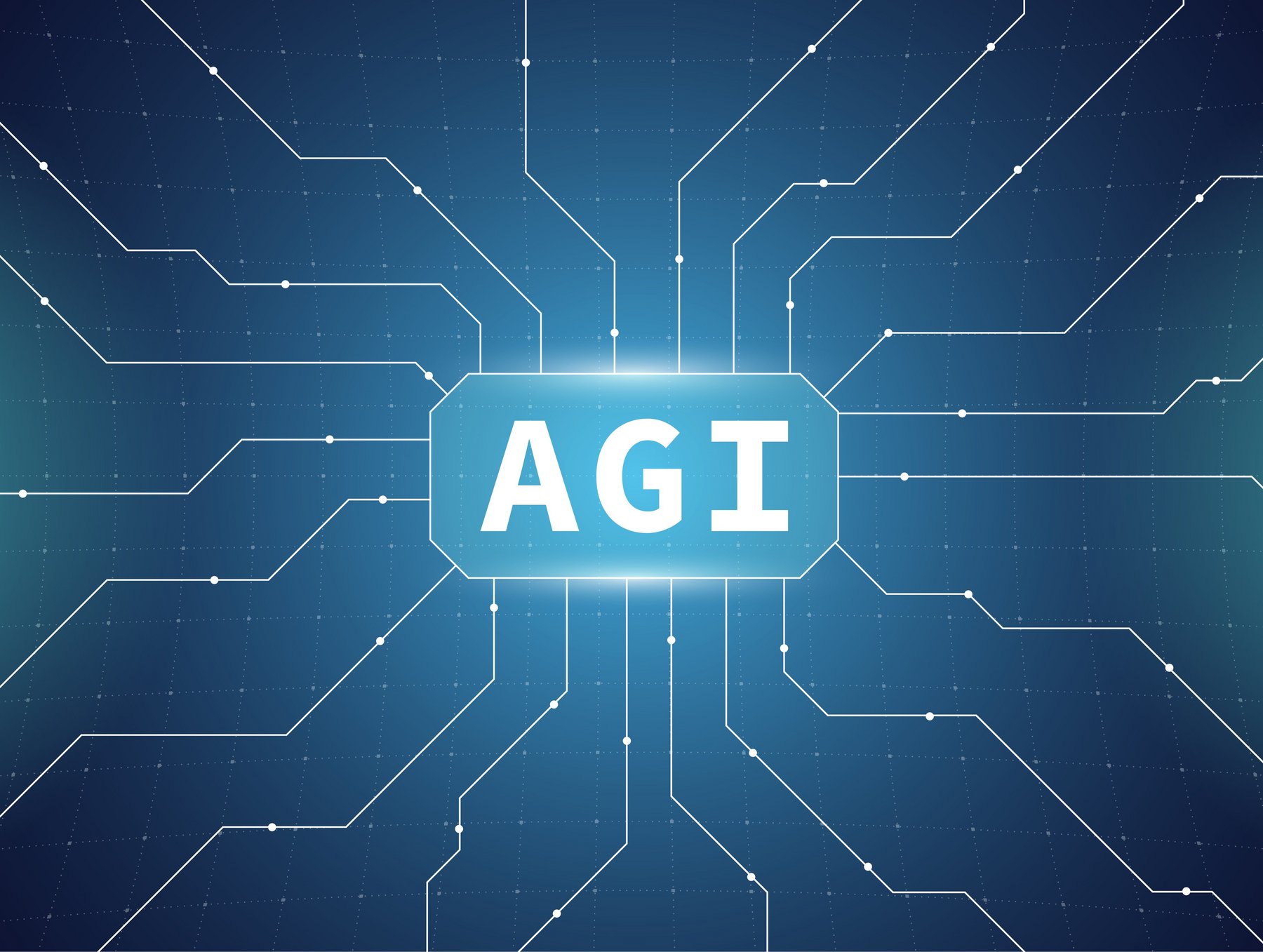Artificial General Intelligence (AGI) is a pivotal goal in the field of artificial intelligence. It refers to the capability of machines to perform any intellectual task that a human can do. Sam Altman, the CEO of OpenAI, has been a leading voice in the discussion surrounding AGI. His insights into the engineering challenges and opportunities that lie ahead, particularly looking towards 2025, are crucial for understanding the future of AI technology. This article explores Altman’s perspective on AGI and the implications for the coming years.
Current State of AGI Development
As of now, the development of AGI is still in its infancy. Most AI systems today are designed for narrow applications, excelling in specific tasks such as language processing, image recognition, and data analysis. Altman acknowledges that while significant advancements have been made in these areas, achieving true AGI remains a complex challenge. The current AI technologies lack the generalization and adaptability that characterize human intelligence, making the journey to AGI a formidable task.

Engineering Challenges in AGI Development
One of the primary engineering challenges in developing AGI is the complexity of human cognition. Understanding how humans think, learn, and make decisions is a monumental task. Altman emphasizes that replicating these processes in machines requires advanced algorithms and a deeper understanding of neuroscience. Additionally, the integration of various AI systems to create a cohesive AGI framework presents significant technical hurdles. These challenges necessitate innovative engineering solutions and interdisciplinary collaboration.
Data Requirements for AGI
Data plays a crucial role in training AI systems. For AGI to function effectively, it requires vast amounts of diverse and high-quality data. Altman points out that the data used to train AGI models must encompass a wide range of human experiences and knowledge. This includes not only factual information but also emotional and contextual understanding. The challenge lies in curating and processing this data to ensure that AGI systems can learn and adapt in a manner similar to humans.
The Role of Machine Learning in AGI
Machine learning is at the core of AGI development. Altman highlights the importance of advancing machine learning techniques to enable AGI systems to learn from their experiences. Current machine learning models, while powerful, often require extensive supervision and labeled data. To achieve AGI, researchers must develop unsupervised and reinforcement learning methods that allow machines to learn autonomously. This shift in approach is essential for creating systems that can adapt and evolve over time.
Opportunities for Innovation in AGI
Despite the challenges, Altman sees numerous opportunities for innovation in AGI development. The next few years are critical for advancing the technology and addressing the engineering hurdles. Altman believes that breakthroughs in hardware, such as more powerful processors and specialized AI chips, will significantly enhance the capabilities of AGI systems. Additionally, advancements in algorithms and training techniques will pave the way for more efficient and effective learning processes.
Collaboration and Interdisciplinary Approaches
Altman emphasizes the importance of collaboration in overcoming the engineering challenges associated with AGI. He advocates for interdisciplinary approaches that bring together experts from various fields, including computer science, neuroscience, psychology, and ethics. By fostering collaboration, researchers can share insights and develop comprehensive solutions to the complex problems posed by AGI. OpenAI’s commitment to transparency and open research is a testament to this collaborative spirit.
Ethical Considerations in AGI Engineering
As engineering challenges are addressed, ethical considerations must also be at the forefront of AGI development. Altman stresses the need for ethical guidelines to govern the creation and deployment of AGI systems. Ensuring that AGI aligns with human values and prioritizes societal well-being is paramount. The potential risks associated with AGI, including biases and unintended consequences, necessitate a careful and responsible approach to its engineering.

Looking Ahead to 2025
As we look towards 2025, the landscape of AGI development is poised for significant transformation. Altman believes that by addressing the engineering challenges and seizing the opportunities for innovation, we can make substantial progress towards achieving AGI. The next few years will be critical in shaping the future of AI technology and determining how AGI will impact society. Altman’s vision for AGI is one of hope and potential, emphasizing the importance of responsible development and collaboration.
Conclusion: The Future of AGI
Sam Altman’s insights into the engineering challenges and opportunities for AGI provide a roadmap for the future of artificial intelligence. While the path to AGI is fraught with obstacles, the potential benefits are immense. By fostering collaboration, prioritizing ethical considerations, and embracing innovation, we can navigate the complexities of AGI development. The journey towards AGI is not just about technology; it is about creating a future that enhances human capabilities and addresses the challenges facing our world